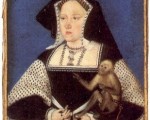
How much do you know about Catherine of Aragon, first wife of King Henry VIII? Test yourself with this fun Sunday quiz. Good luck!
[Read More...]
How much do you know about Catherine of Aragon, first wife of King Henry VIII? Test yourself with this fun Sunday quiz. Good luck!
[Read More...]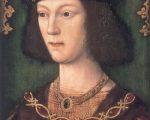
Let me tell you all about King Henry VIII’s first joust as king, which happened at Richmond Park on 12th January 1510.
[Read More...]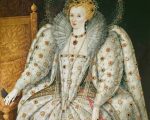
On this day in 1569, the first recorded lottery was drawn in England. Find out all about it in today’s video.
[Read More...]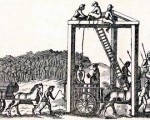
It’s not unusual for my interest to be piqued when I’m going through my list of “on this day” events, and today it was William Carter’s execution, on 11th January 1584, which made me want to dig a bit deeper into his story.
[Read More...]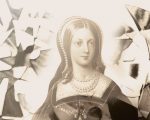
Michael Bayus is the writer, producer and director/actor of an audio drama about Lady Jane Grey which he describes as “27 plays that are told in sound only”. Michael’s goal in producing his drama “is to remember the Lady Jane Grey as she wanted to be remembered”. He goes on to say:
“In my story, Lady Jane is trapped in the 21st century, but willingly. Because she knows that in order to affect change, and to accomplish her goal, she must act. It’s hard for her, because she knows that if she were to tell people that she really is Lady Jane Grey from 1554, people would think she is crazy. So she plays Miss Jane Dudley, and she oversees an exhibit about herself and dresses up in Tudor costume, and enjoys being herself twice a day, morning and afternoon) for her show….
[Read More...]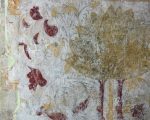
Thank you to Clive Taylor of Ellys Manor House for this guest article. Please do consider signing one of the petitions to help Clive and Ellys Manor House.
Ellys Manor House (pronounced Ellis, affectionately referred to as EMH), is without doubt one of the United Kingdom’s most significant historic buildings. Historic notes credit Anthony Ellys, a rich English wool merchant of the Staple of Calais, as builder of the house and the adjacent church tower in the late medieval/early Tudor period.
The architectural language of this unique and magical building fully encapsulates Early Modern European, British and Hanseatic League history, a testament to the Northern Renaissance. Yet today, the building goes unnoticed, even by some scholars.
[Read More...]
Thank you so much to my friend Sara for sharing this news with me on social media, I just love this type of discovery.
The remains of a woman who died between 997 and 1162 and who was buried in a German graveyard were examined by scientists. They found brilliant blue flecks in the tartar of her teeth and analysis showed that these flecks were lapis lazuli, a vivid blue semi-precious stone that was ground up and used as a pigment, ultramarine, by those involved in making illuminated manuscripts. The pigment was expensive, being worth more than gold.
[Read More...]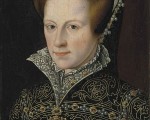
Our very first informal live chat of 2019 takes place in the Tudor Society chatroom tomorrow, 11th January. The topic is Mary I, one of the Tudor Marys featured in this month’s edition of Tudor Life magazine and also the topic of Samantha Wilcoxson’s expert talk. Samantha’s live chat is taking place on 25th January, so save your questions for her until then, but the informal live chat is an opportunity for us to debate Mary I and her reign. We can discuss her reputation, her background, her life, her reign etc. and we can also share book recommendations, documentary/film recommendations, and just talk Tudor.
[Read More...]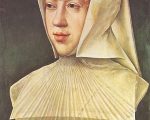
In today’s “on this day in Tudor history” video, I read an excerpt from my book about Margaret of Austria, Governor of the Netherlands, who was born on 10th January 1480.
[Read More...]
Your personal information is extra-safe as we now get an A+ rating from Qualys SSL labs. Great news for you and for us!
[Read More...]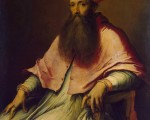
Warning: In today’s “on this day in Tudor history” video, I do describe what being hanged, drawn and quartered involved so feel free to fast forward that bit!
Today’s “on this day” is about the executions of two of the men involved in the alleged Exeter Conspiracy of 1538. I hope you enjoy it.
[Read More...]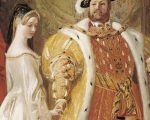
Time for another of my “on this day in Tudor history videos”! I do hope you’re enjoying them. I thought they’d be a change from my usual “this week in history” posts. By the way, if you don’t want the audio turned on or you prefer to read, you can switch on CC (closed captions/subtitles) by clicking on the settings ‘cog’ icon. The subtitles aren’t perfect but they’re pretty good.
[Read More...]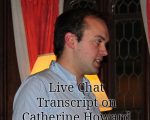
As part of our open weekend event, Gareth Russell joined us in the chatroom. Gareth is most definitely an expert on Catherine Howard, so we were thrilled to be able to grill him with questions about the subject!
[Read More...]
We had an incredibly interesting live chat with Kate Cole discussing the witches and witchfinders of Essex. All were touched by how sad some of the stories of those executed as witches were. Thanks to all who joined us at this chat.
[Read More...]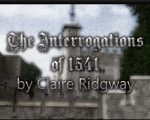
Here’s the transcript of our great livechat event with Claire Ridgway where we were discussing the interrogations of those surrounding Catherine Howard when she fell in 1541. It was a fascinating chat!
[Read More...]
Student and avid history fan, Emma Casson, is 18 years old and lives in the Netherlands. She contacted us as she wanted to share her experiences of learning about the Tudors and what she feels could be done to help history to flourish in the education system. Over to Emma…
[Read More...]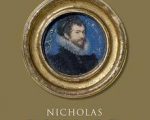
On this day in history, 7th January 1619, Nicholas Hilliard, the famous Elizabethan goldsmith and miniaturist, was buried at the parish church of St Martin-in-the-Fields, London. This means that it’s the 400th anniversary of his burial!
Hilliard is known for his beautiful portrait miniatures of the English court in the reigns of Elizabeth I and James I, and his paintings of Elizabeth I: the “Pelican” portrait and the “Phoenix” portrait.
Hilliard is a fascinating man and artist, and he is the subject of Dr Elizabeth Goldring’s new book, which is due to be released by Yale University Press on 12th February. Its title is Nicholas Hilliard: Life of an Artist and here is the blurb
[Read More...]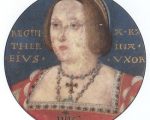
In today’s “on this day in Tudor history”, I talk about the death of Catherine of Aragon, first wife of King Henry VIII.
[Read More...]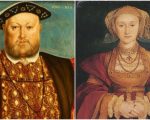
Happy Epiphany! In today’s “on this day in Tudor history” video, I talk about the wedding of Anne of Cleves and Henry VIII, an event that took place on this day in 1540.
[Read More...]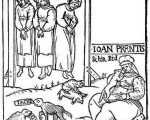
Today’s Sunday fun is a crossword puzzle to test your knowledge on witches and witchcraft.
If you haven’t listened to Kate Cole’s excellent expert talk on the subject then you might want to listen to that first…
[Read More...]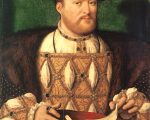
On this day in Tudor history, 5th January 1531, the Pope got rather cross with Henry VIII. Find out why in my video.
[Read More...]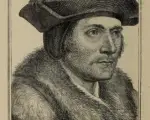
Today’s “on this day in Tudor history” video is about William Roper, son-in-law of Sir Thomas More.
[Read More...]
Tim and I had twenty-four hours in Gibraltar between Christmas and New Year so I thought I’d share with you some information about its history, as well as some photos.
[Read More...]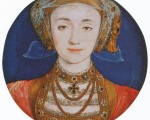
In today’s “on this day in Tudor history” video, Claire looks at 3rd January 1540 and 1541 and examines how different they were for Anne of Cleves.
[Read More...]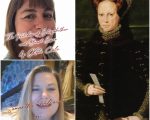
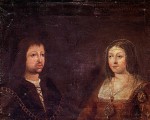
What happened on 2nd January in the Tudor period? Here is today’s “on this day in Tudor history” video.
[Read More...]
Our expert speaker this month wants us to re-examine our thoughts and beliefs about Mary I. Samantha Wilcoxson is the author of many books about the Tudors, and her talk is an excellent reminder that we must continually look at the facts in history.
[Read More...]
Happy New Year to you all! I hope you had a wonderful Christmas and I wish you all good things for 2019. Here at the Tudor Society, we have lots planned for this year – phew!
As you will have noticed, every week I have been posting a “This week in history” article listing all of the “on this day in history” events for the current week, with links to read more where appopriate. Well, this year I thought I’d do something a bit different. I have decided to do a short daily video picking one particular event. Each video will be shared here on the Tudor Society website. I do hope you enjoy them.
[Read More...]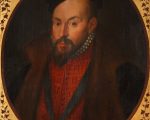
John Dudley is a fascinating Tudor man, but how much do you know about him? Test your knowledge with this fun quiz. Good luck!
[Read More...]